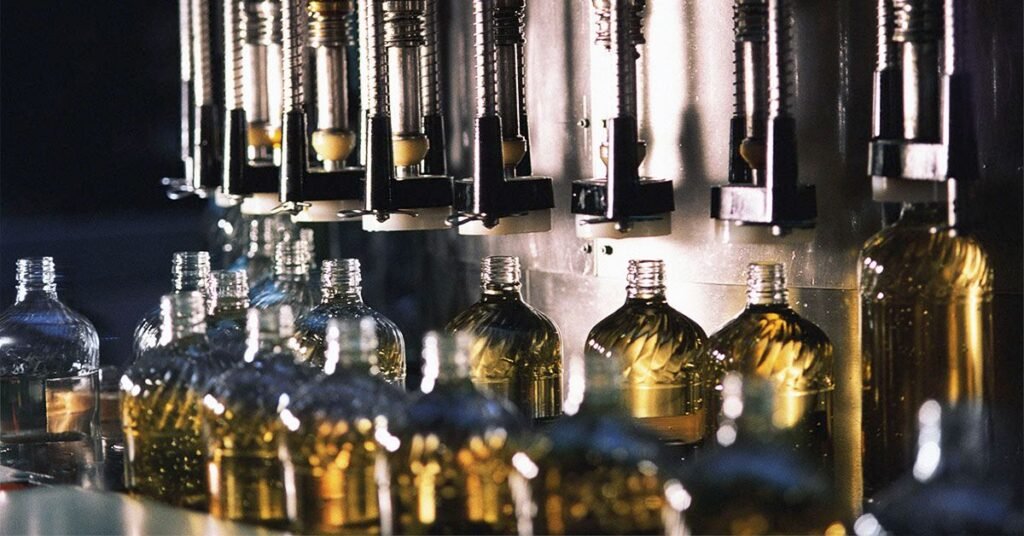Breast cancer is the most common type of cancer in women, affecting around 13% of women at some point in their lives. Deaths from breast cancer have been decreasing in the United States, but the incidence of the disease is increasing, especially among younger women. A recent study suggests that chemicals found in food packaging may be a contributing factor. The study identified 189 potential breast carcinogens in food packaging materials, with 76 of these chemicals capable of transferring into food.
The American Cancer Society reports that the lifetime risk of developing cancer is around 40% for both men and women, with breast cancer being the most common form among women. Deaths from breast cancer have decreased by 44% since 1989 due to improved screening and treatment, but the incidence of the disease is still rising. Risk factors for breast cancer include being female, aging, genetics, having dense breasts, and exposure to carcinogens. To reduce the risk of breast cancer, individuals are advised to stay physically active, maintain a healthy weight, have children before the age of 30, breastfeed, and limit alcohol consumption.
The study on potential breast carcinogens in food packaging materials raises concerns about the substances that come into contact with food during its journey from source to table. Although regulations exist to control the substances used in food packaging, some of these chemicals may migrate into food and have the potential to cause cancer. Plastic packaging was found to contain the most potential carcinogens, with paper and card also containing a significant number. Glass was the only material that did not contain any cancer-causing substances.
Research indicates that certain chemicals in food packaging have been shown to cause cancer in rodent models. A significant percentage of these chemicals have the potential to cause cancer or disrupt the endocrine system. Prof. Khubchandani expressed concern over the findings, emphasizing the need for stricter regulations and policies to ensure the safety of food packaging materials. He recommended ways to reduce exposure to harmful chemicals, such as drinking tap water, avoiding heating foods in plastic packaging, and storing food in glass containers instead of plastic.
While there is no conclusive evidence linking potential carcinogens in food packaging to the increase in breast cancer incidence, the study highlights the importance of further research in this area. Experts recommend focusing on established ways to reduce breast cancer risk, such as maintaining a healthy lifestyle and limiting alcohol consumption. More awareness of potential carcinogens in plastic food packaging materials and global policy changes to regulate these substances are necessary to protect public health. Simple steps like drinking tap water, avoiding heating foods in plastic, and consuming fresh fruits and vegetables can help reduce exposure to potentially harmful chemicals in food packaging.











